Konstantinos Ntemos
Explainability and Graph Learning from Social Interactions
Mar 14, 2022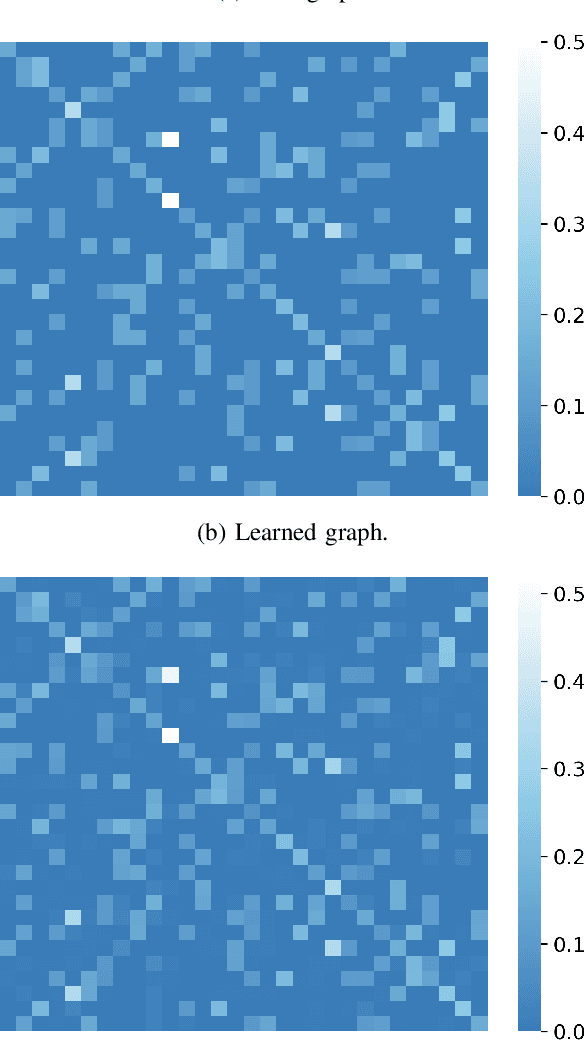

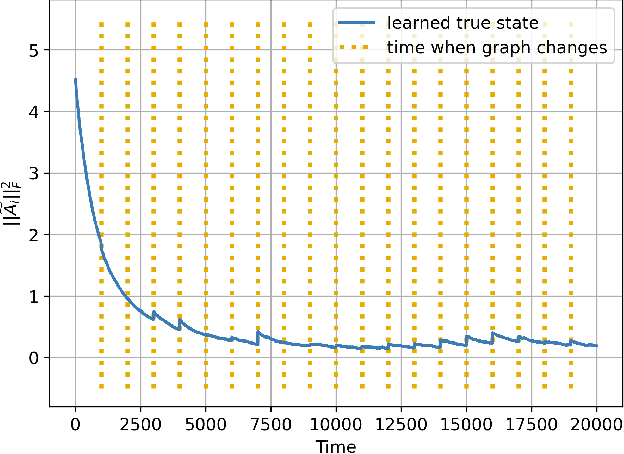
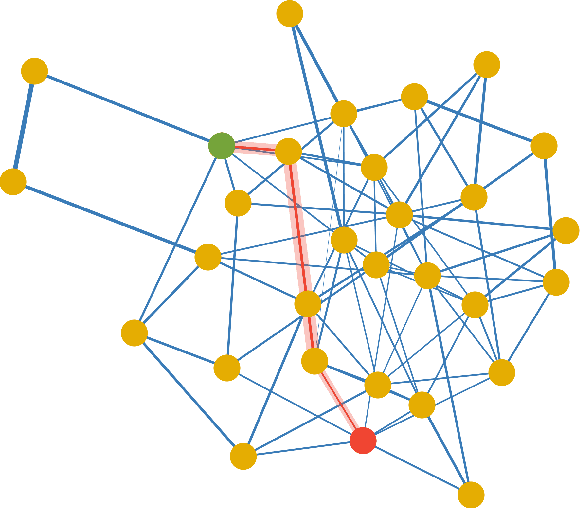
Abstract:Social learning algorithms provide models for the formation of opinions over social networks resulting from local reasoning and peer-to-peer exchanges. Interactions occur over an underlying graph topology, which describes the flow of information among the agents. In this work, we propose a technique that addresses questions of explainability and interpretability when the graph is hidden. Given observations of the evolution of the belief over time, we aim to infer the underlying graph topology, discover pairwise influences between the agents, and identify significant trajectories in the network. The proposed framework is online in nature and can adapt dynamically to changes in the graph topology or the true hypothesis.
Online Graph Learning from Social Interactions
Mar 11, 2022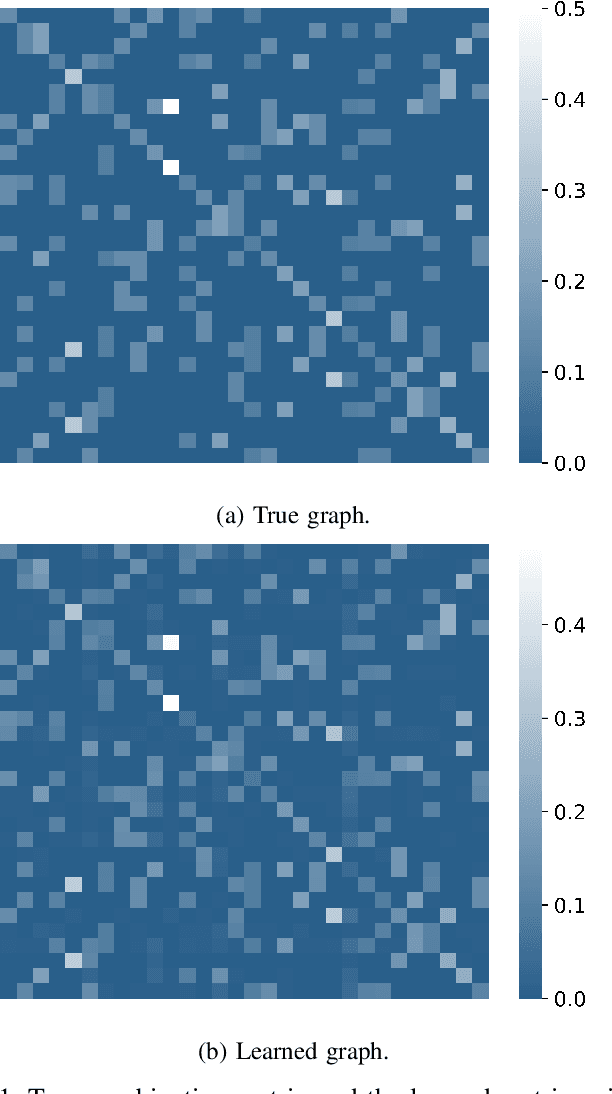
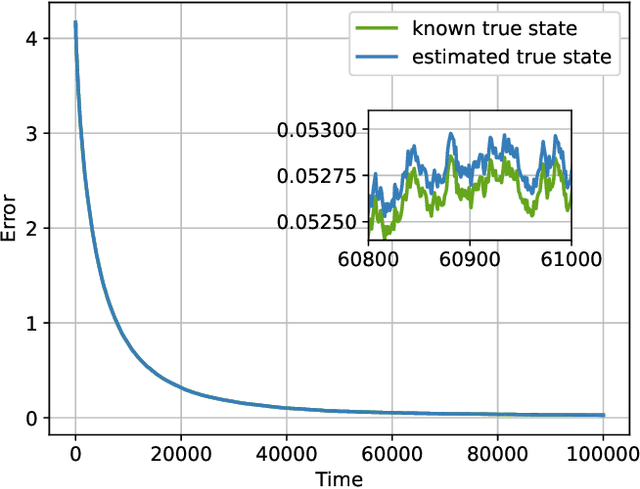
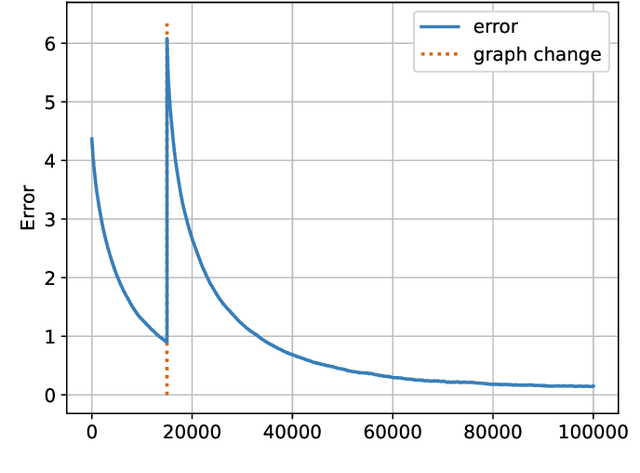
Abstract:Social learning algorithms provide models for the formation of opinions over social networks resulting from local reasoning and peer-to-peer exchanges. Interactions occur over an underlying graph topology, which describes the flow of information and relative influence between pairs of agents. For a given graph topology, these algorithms allow for the prediction of formed opinions. In this work, we study the inverse problem. Given a social learning model and observations of the evolution of beliefs over time, we aim at identifying the underlying graph topology. The learned graph allows for the inference of pairwise influence between agents, the overall influence agents have over the behavior of the network, as well as the flow of information through the social network. The proposed algorithm is online in nature and can adapt dynamically to changes in the graph topology or the true hypothesis.
 Add to Chrome
Add to Chrome Add to Firefox
Add to Firefox Add to Edge
Add to Edge